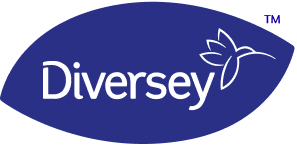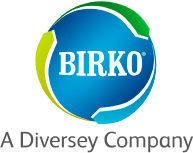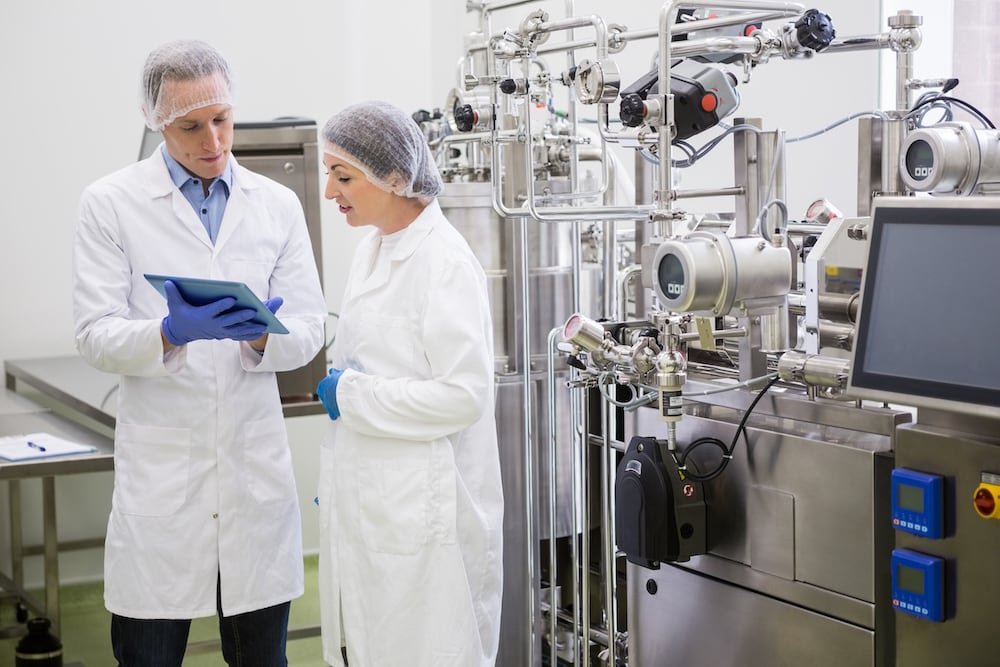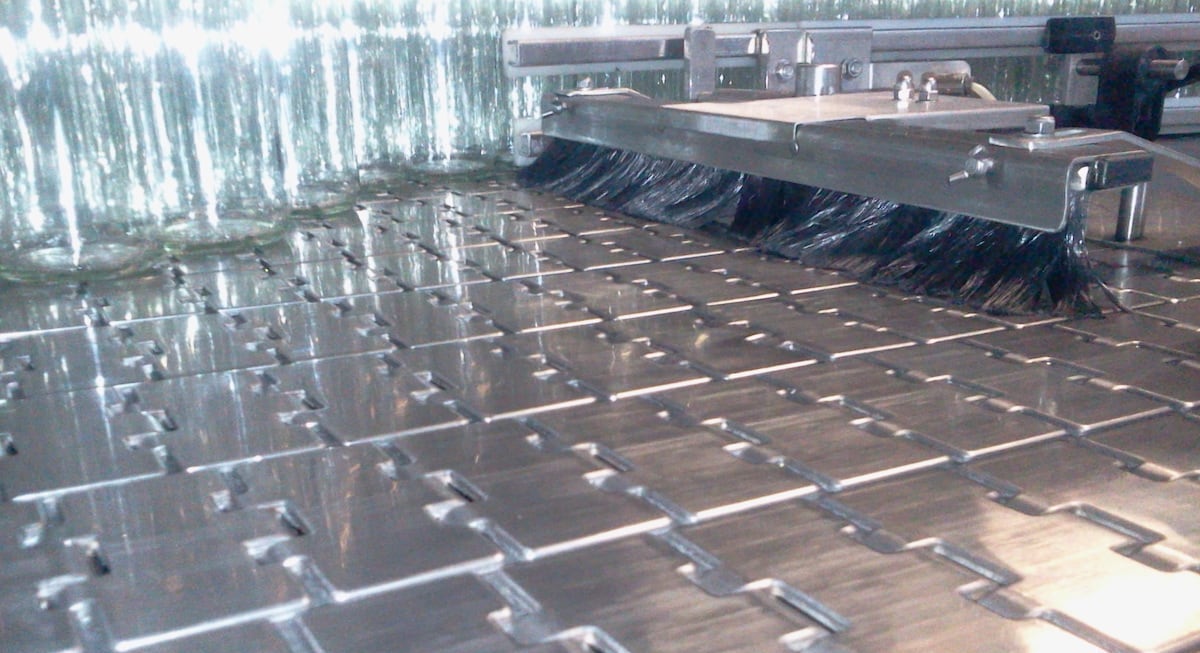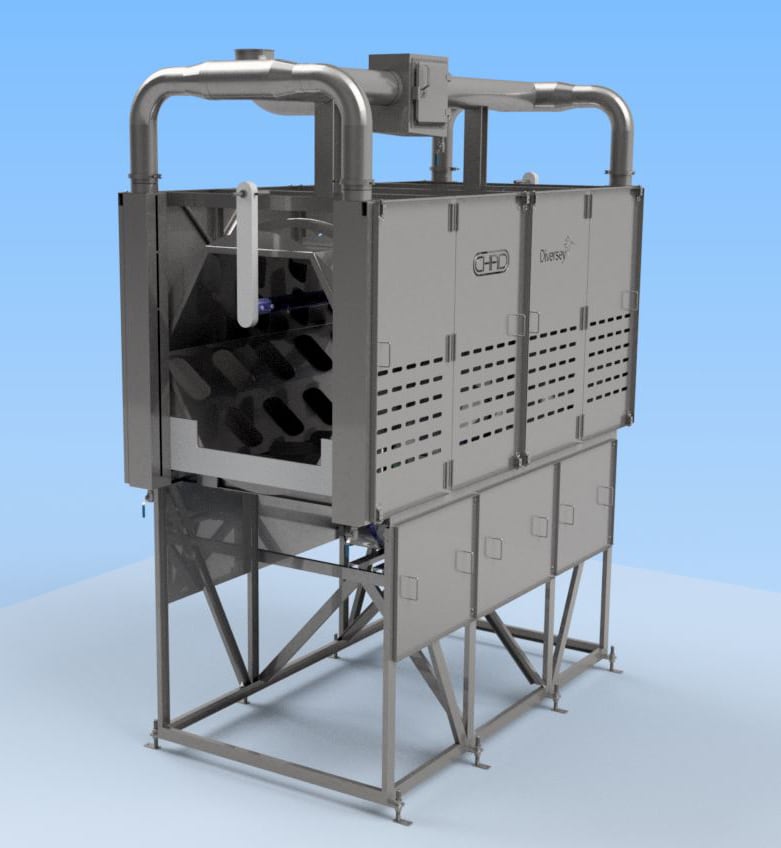International companies may finally be grasping the benefits of the critical antimicrobial interventions employed in the North American beef slaughter industry. As the industry leader in food safety interventions, we have offered our equipment and services to International customers for many years – with limited success.
With the help of our agent in Australia and New Zealand, we have very actively promoted our equipment in these countries for several years. During that time, we experienced success with a few Lactic Acid Systems. In the last year, we installed our first Hot Water Pasteurization System in Australia, have an order for a second system, and are working with several other promising customers.
Over three years ago, the EU finally approved the use of Lactic Acid on beef carcasses only. Since then, we have only sold one Lactic Acid system in France. Also, we have one Hot Water Pasteurization in operation in France. During the past two months, we have had contacts from several customers and distributors in Ireland and the UK with an interest in both Lactic Acid and Hot Water Systems. We even recently hosted a representative of a very large Irish beef processor to tour a US plant employing numerous Chad intervention systems.
The situation in South America is similar. We have a handful of Lactic Acid systems in operation with several new prospects engaged at this time.
Why the significant increased interest in interventions? This is difficult to gauge, but one phenomenon is certain. All countries want to export fresh product, especially beef trim, to the US market. With the tight cattle supply, US generated beef trim is expensive and scarce. When exporting to the US, the product is subject to microbiological testing by FSIS. The use of interventions not only provides a safer product, but also greatly reduces the risk of failing a test and having a large shipment of product rejected at the US border.
